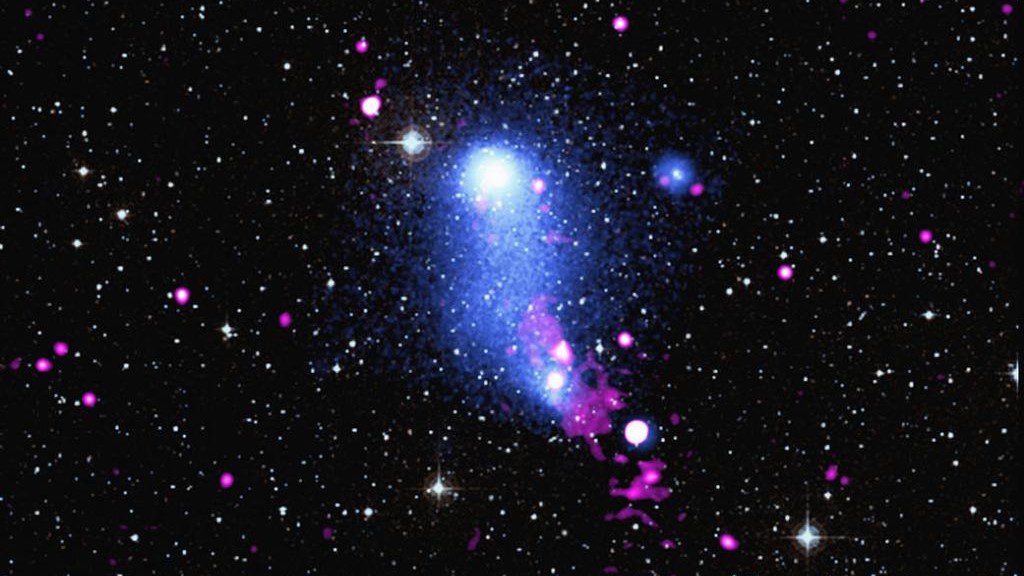UNITED STATES: Greedy supermassive black holes at the hearts of star-birthing galaxies may be hiding in plain sight, according to groundbreaking research led by Carolina Andonie, a scientist from Durham University’s centre for Extragalactic Astronomy in the U.K. These cosmic titans, powered by supermassive quasars, emit powerful light that can outshine all the stars in their host galaxies combined.
Until now, it was thought that only a dense ring of dust, or torus, close to the black hole could effectively shield quasars. However, Andonie’s team discovered that more distant clouds of dust can also obscure these feeding behemoths. By studying “dusty quasars” with the Atacama Large Millimeter Array (ALMA) in Chile, they found a strong connection between these hidden quasars and galaxies experiencing intense star formation, known as “starburst galaxies.”
Andonie explained, “In these systems, the galaxy itself has a very large amount of gas and dust that is creating stars, and this doesn’t allow the light coming from the quasar to escape.” The dense material acts like a barrier, blocking visible light emissions from the quasar, making them only visible in infrared or through X-ray emissions.
This discovery has significant implications for our understanding of galactic growth. It suggests that there may be more quasars in the universe than previously thought, potentially residing at the hearts of many star-forming galaxies. “Some of these galaxies that we didn’t think to have quasars at their centre may be hiding a quasar that we just can’t see in optical light,” Andonie emphasized.
To solidify these findings and establish a stronger link between dusty quasars and starburst galaxies, the team plans to observe up to 60,000 quasars. This groundbreaking research not only sheds light on the hidden giants within our universe but also paves the way for a deeper understanding of galactic evolution and growth.
Also Read: NASA Discovers Ancient Supermassive Black Hole, Rewriting the Universe’s History



